The 5 Key Stages of a Startup’s Journey: A Comprehensive Guide
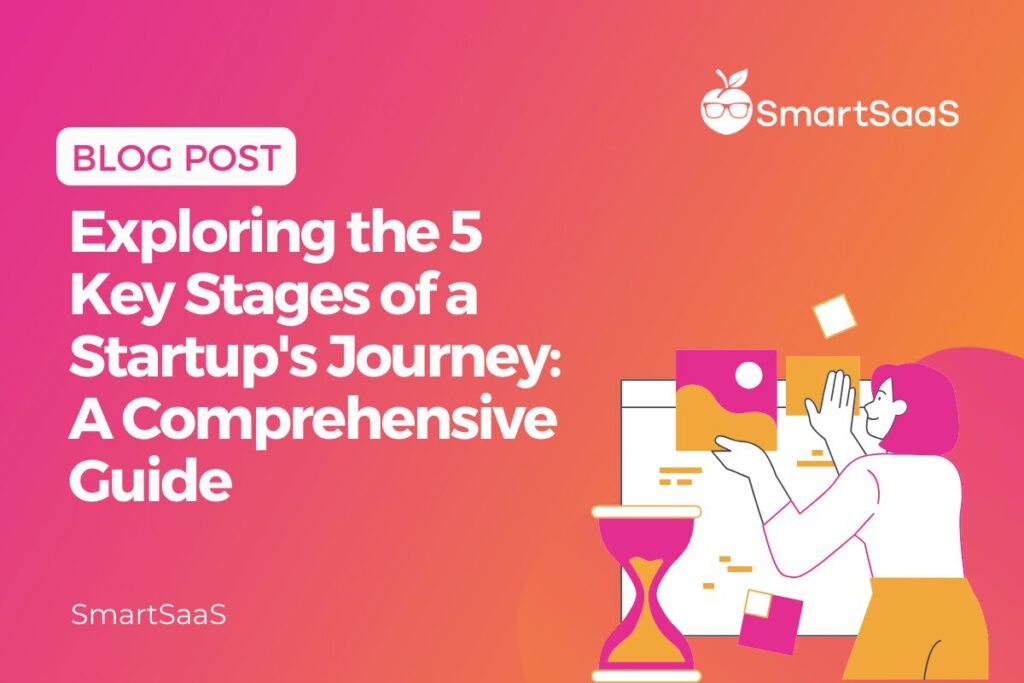
The journey from $0-$10M in ARR can be broken down into five distinct stages. Understanding where you are in the journey ensures you’ll stay focused on the right things at the right time, and avoid many of the common pitfalls entrepreneaurs face.
Stage 1: MVP (Minimum Viable Product) and Discovery
Stage 1 focuses on learning, market research and discovery. It’s about building your MVP and taking it to prospective customers to gather as much feedback as possible. This isn’t about creating a perfect, polished product right out of the gate. Instead, your MVP is your version of a new product or service with distinct benefits that serves as a prototype to test hypotheses in actual market conditions. The single goal of this phase is understanding and uncovering potential customers’ needs, wants, and behaviors and using them to improve your product and go-to-market strategy.
Prior to going to market with an MVP, you’ll have hypotheses around:
- What problem your product solving
- Who your competitors are
- How potential customers are currently solving the problem
- What customers are willing to pay
In this phase, the primary goal is learning and validating your hypotheses.
During this phase, you’re leveraging your network and doing whatever it takes to make customers buy or try – whether that’s tweaking your value proposition, adjusting pricing, or offering new features. Then, based on the sales process and their experience with your product, you’re refining your roadmap based on your learnings.
While this is the first stage, entrepreneurs should constantly test their assumptions, refine their product based on feedback, and iterate. This constant feedback loop ensures that the foundation of your business is solid and customer-centric when the time comes to scale.
Stage 2: Initial Success
While the MVP phase is predominantly about learning, the initial success phase focuses more on customer retention. It’s no longer just about acquiring customers but ensuring they stay, enjoy your product, and eventually become vocal advocates.
Your goal during this phase is to acquire 5-15 customers. In order to do that, you’ll likely have to move beyond your personal network and begin testing some early traction channels like social media marketing, partnerships, online advertising, or content marketing, to name a few. The aim is to begin generating leads from a few different sources.
Another key component of this stage is that your MVP evolves into an MSP, or Minimum Sellable Product. It’s a more polished, market-ready version of your product that delivers value to your customers. Now you’re not just focused on getting people to try your product, you’re beginning to get them to pay for it.
Also, it’s important to stay in tune with the feedback loop you employed in the MVP stage. You never want to drop the ball on learning. Doing this will improve your product, pricing, how you speak to customers and more.
Stage 3: Traction
The traction stage is a time of growth, where sales are becoming more repeatable and predictable, and you’re thinking about growing your team. This phase is also a time of process creation. This ensures that the product experience doesn’t diminish as the company grows, and that you’re setting yourself up for scalability when it comes to lead gen, sales and marketing.
Here are typical areas that companies focus on during this stage:
- Process Establishment: Defining, documenting, and optimizing your internal workflows and procedures. It’s about creating standardized protocols for tasks such as customer onboarding, sales, and quality control. Well-defined processes help ensure consistency and reliability, and less headaches as you grow.
- Quality Assurance: As your business grows, maintaining the high quality of your offerings becomes more challenging. This might involve regular audits, performance evaluations, and feedback loops to continually improve.
- Scalability: Your focus shifts towards scalability, ensuring that your operations can handle increased demand without compromising on quality. This may involve investing in technology and hiring and training additional staff.
During the traction phase, you understand why customers buy your product, and you’re using this data to inform your positioning, marketing and sales strategies. Because you have a better understanding of your customer, you’re also now well positioned to focus on objective customers in terms of lead generation vs. only leveraging your network.
At this point, you should think about introducing lead gen tests across various channels to see which ones yield the best results. This could mean investing in paid advertising, content marketing, SEO, or partnering with complementary businesses.
Stage 4: Initial Scale
In the initial scale stage, revenue compounds and you’ll really start to reap the benefits of SaaS. While traction is about gaining momentum, initial scale is about amplifying it. During this phase, you’ll be heads down focused on codifying your processes and optimizing for growth. The goal is to get closer to scalable unit economics, or 3:1 LTV:CAC ratio.
During this stage, your prospects will exhibit a heightened expectation for a more holistic and thorough approach when considering to buy. Their decision-making process becomes increasingly meticulous, guided by a desire for validation and reassurance. As a result, they often turn to various sources of information, including reviews, testimonials, and visible success stories, to assess the credibility and reliability of your offerings.
Here’s a closer exploration of what this stage entails:
- Comprehensive Decision-Making: Your customers, now part of the early majority, are no longer impulsive buyers. They require a more comprehensive understanding of your products or services before committing. They want to ensure that their investment meets their needs and expectations.
- Validation through Social Proof: Reviews, testimonials, and success stories become powerful tools in their decision-making process. Positive feedback and endorsements from satisfied customers can significantly sway their choices. Conversely, negative reviews or a lack of testimonials can raise doubts and deter them from purchasing.
- Consistency in Delivering Value: To earn and maintain the trust of this customer segment, it’s imperative to consistently deliver on your promises. Ensure that the actual experience of using your product or service matches the expectations set by your marketing and testimonials.
- Transparency and Authenticity: Be transparent about your offerings, pricing, and any potential limitations. Authenticity in your communications and interactions is highly valued by customers at this stage. They appreciate companies that are honest and forthright.
Stage 5: Scale
At this stage, growth is consistent, deliberate, and based on a clear understanding of your customers. You have steady growth in your current markets, your processes are working and your focus becomes moving the business forward while considering avenues such as introducing new product lines, expanding into new markets, or diversifying into related business areas.
During Scale, you should be using data-driven processes to fuel growth, whether thats how to optimize lead gen, improve your sales funnel, or update your product. In terms of lead gen, Scale involves ramping up your efforts to capitalize on what’s been working effectively. Essentially, it means pouring more resources and investment into the strategies and methods that have demonstrated their ability to drive results.
This can manifest in several ways, such as increasing investments in paid advertising, expanding your content creation teams, or establishing more substantial partnerships. The overarching strategy here is to leverage what has proven effective and intensify those efforts to achieve the highest possible reach and conversion rates.
To Wrap Up
Understanding where you are in the startup journey will help you avoid the trap of focusing on the wrong things at the wrong time. In particular, we see a lot of startups struggle with the trap of getting to initial success and going right to scale, which is problematic for many reasons – spending too much money, having the wrong expectations, setting up the wrong processes, the list goes on.
It is crucial to understand these steps to ensure you don’t build house of cards, and instead focus on building a strong foundation. And remember, you cannot skip steps!
Take a moment to assess your current position. Are you at the initial stages, or are you gearing up for rapid expansion? Understanding your current phase is critical; it guides your next steps and prepares you for upcoming obstacles.

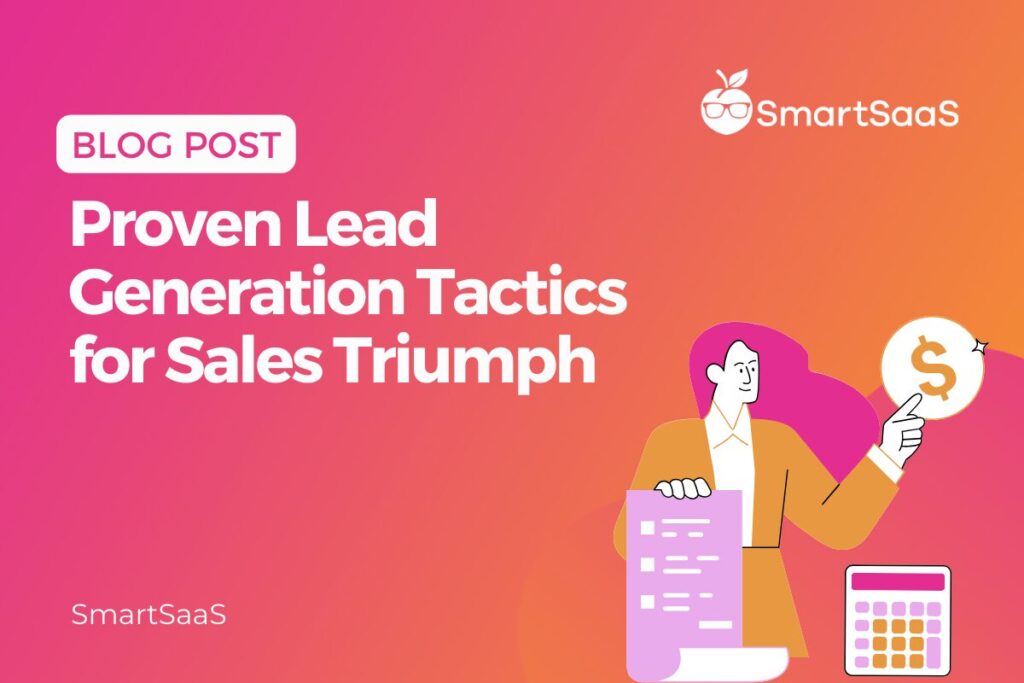
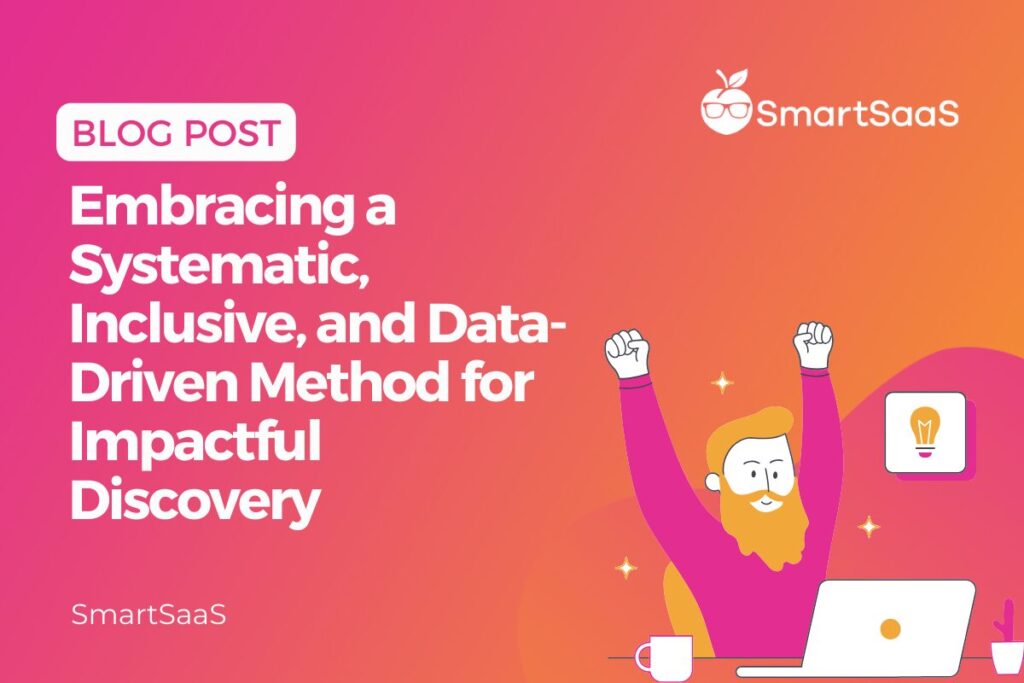
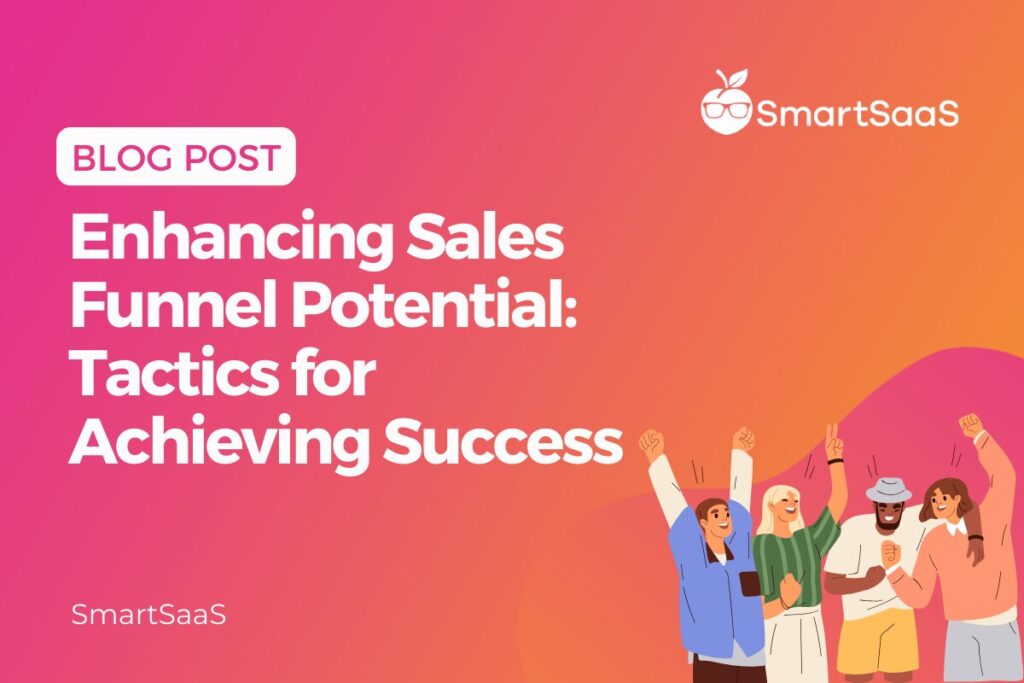
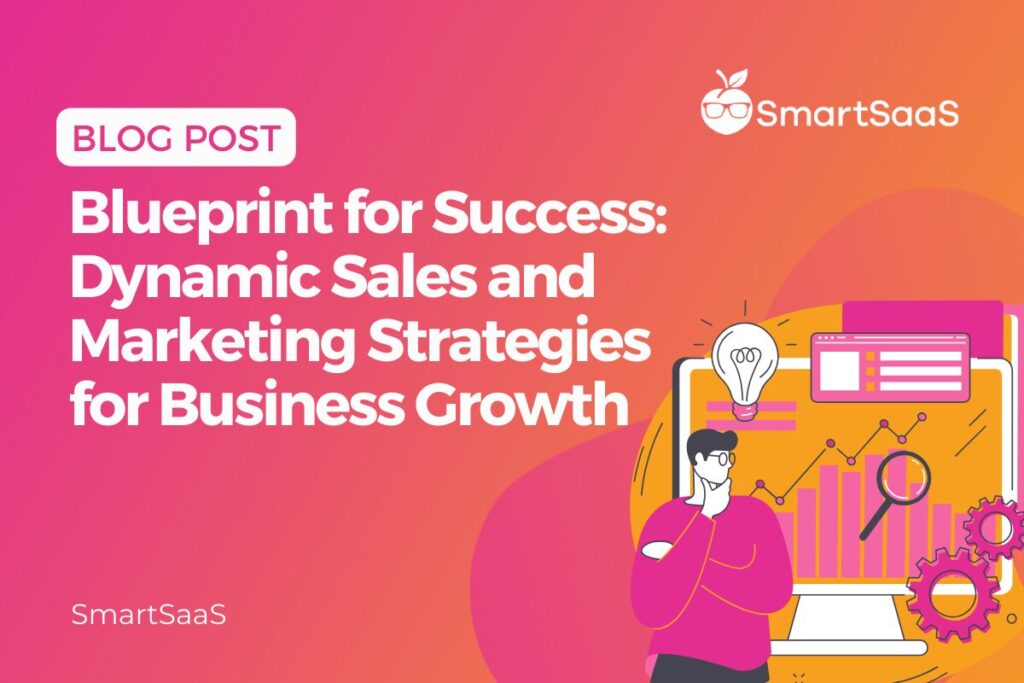
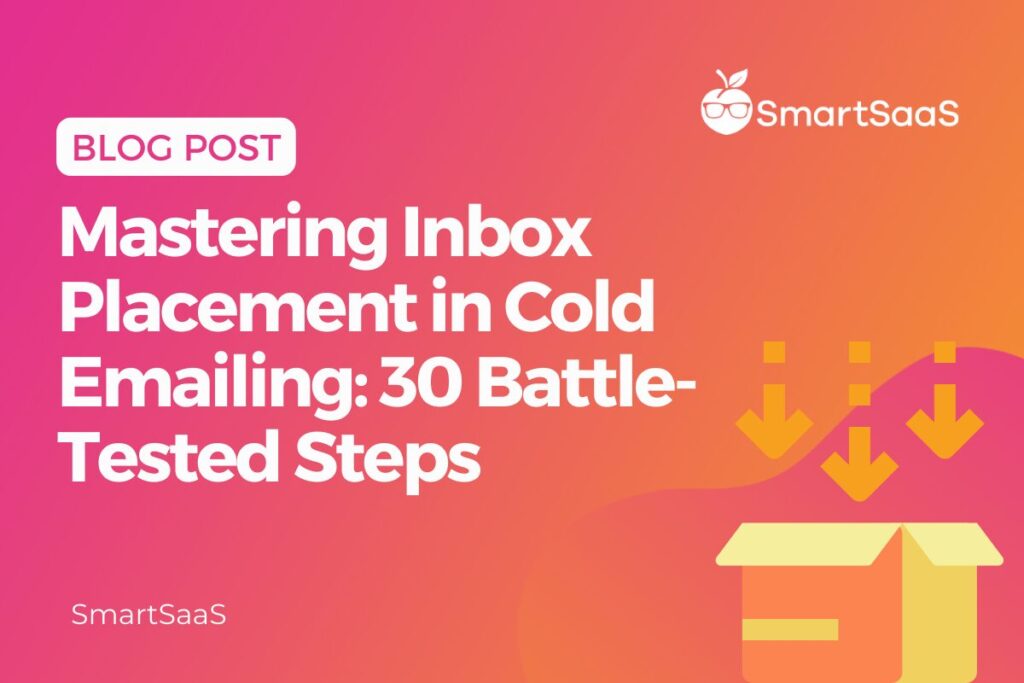
Responses